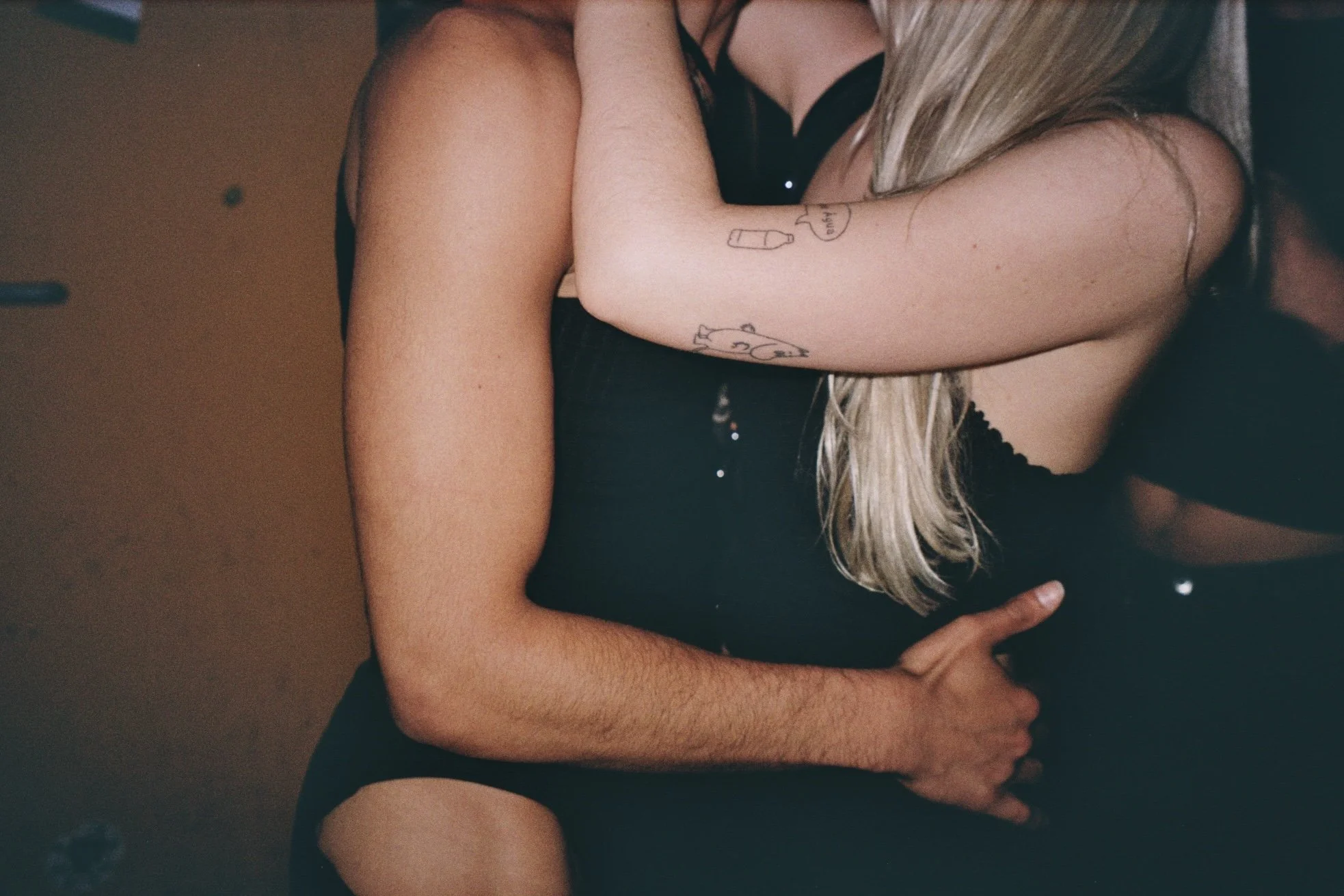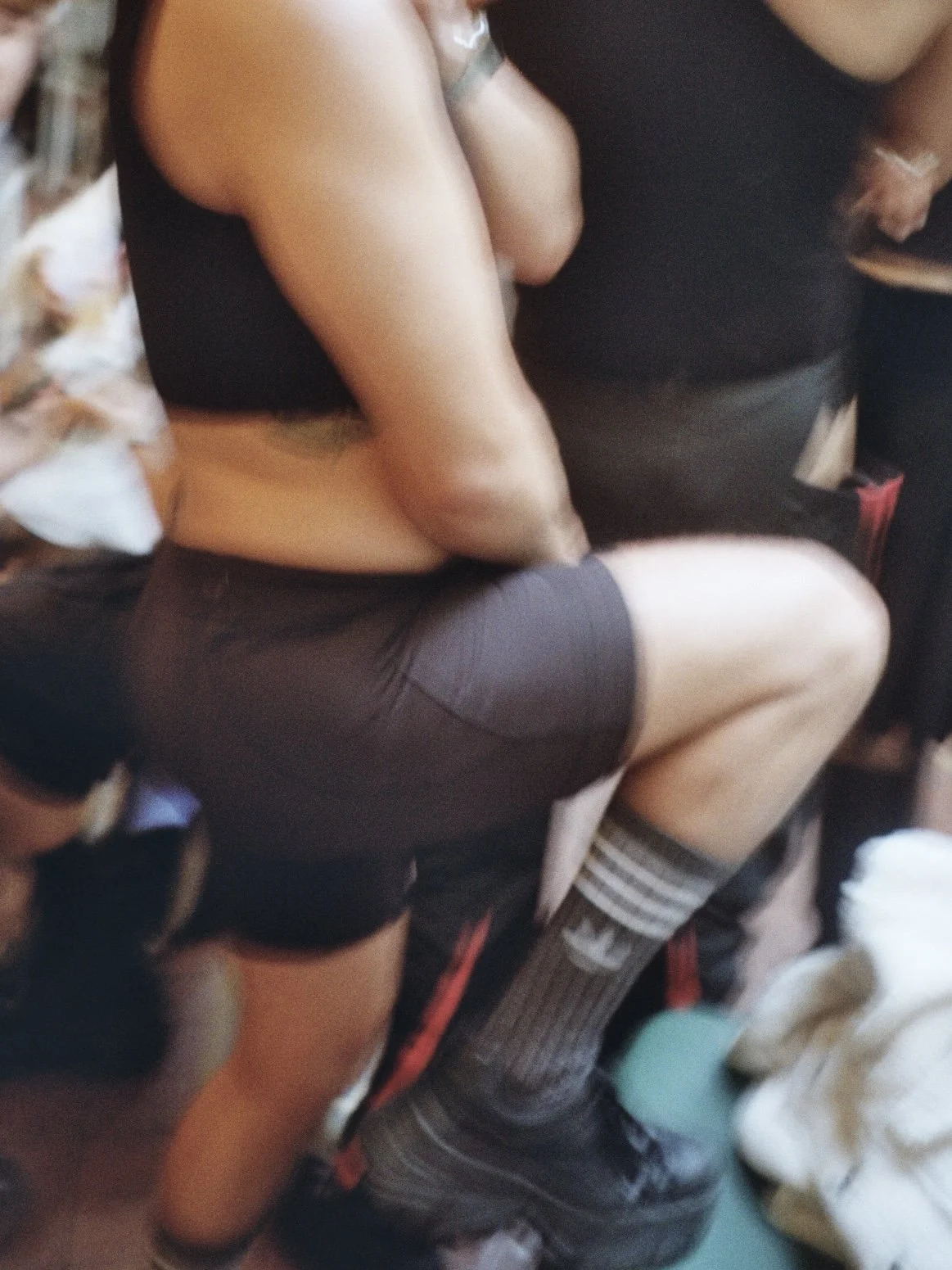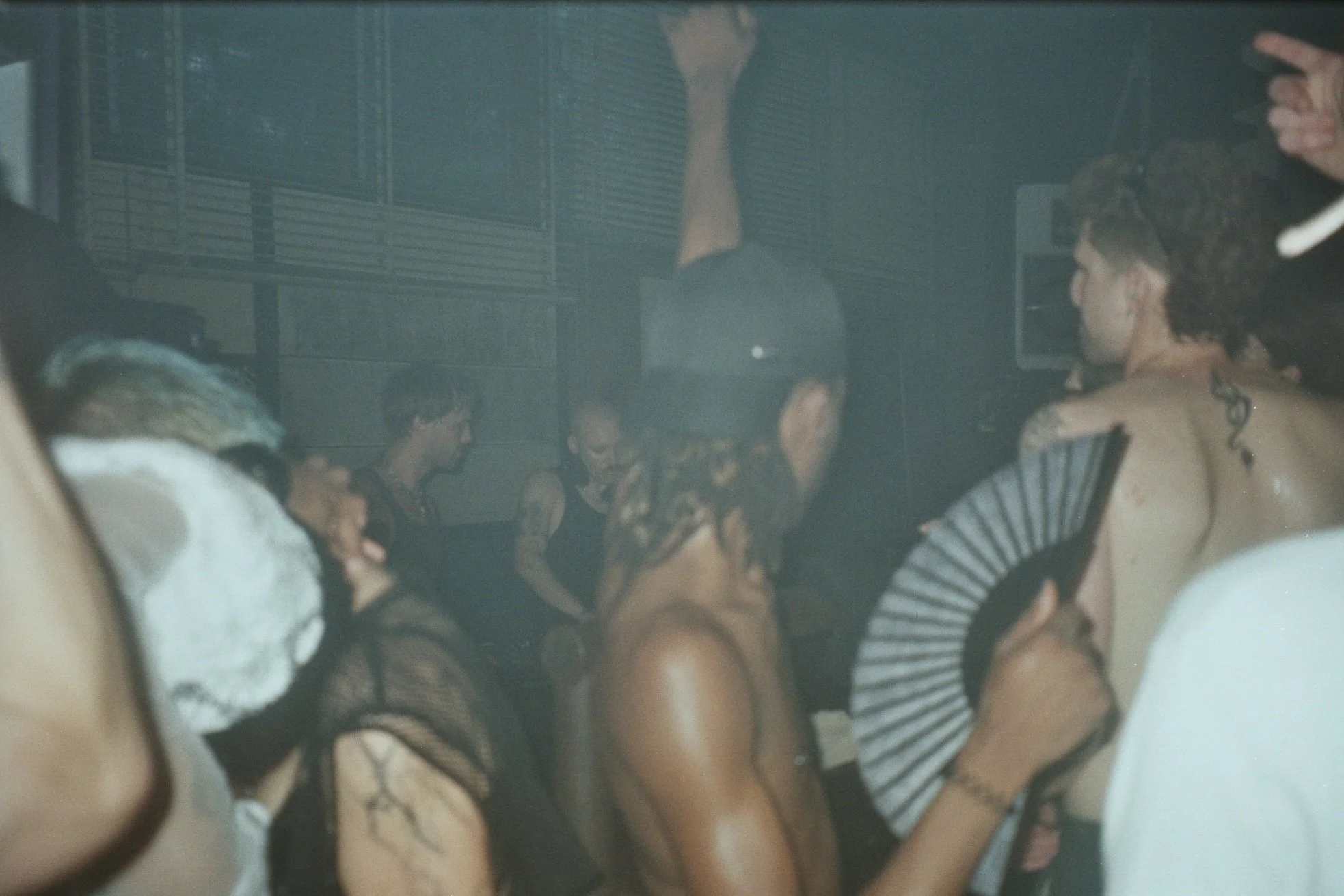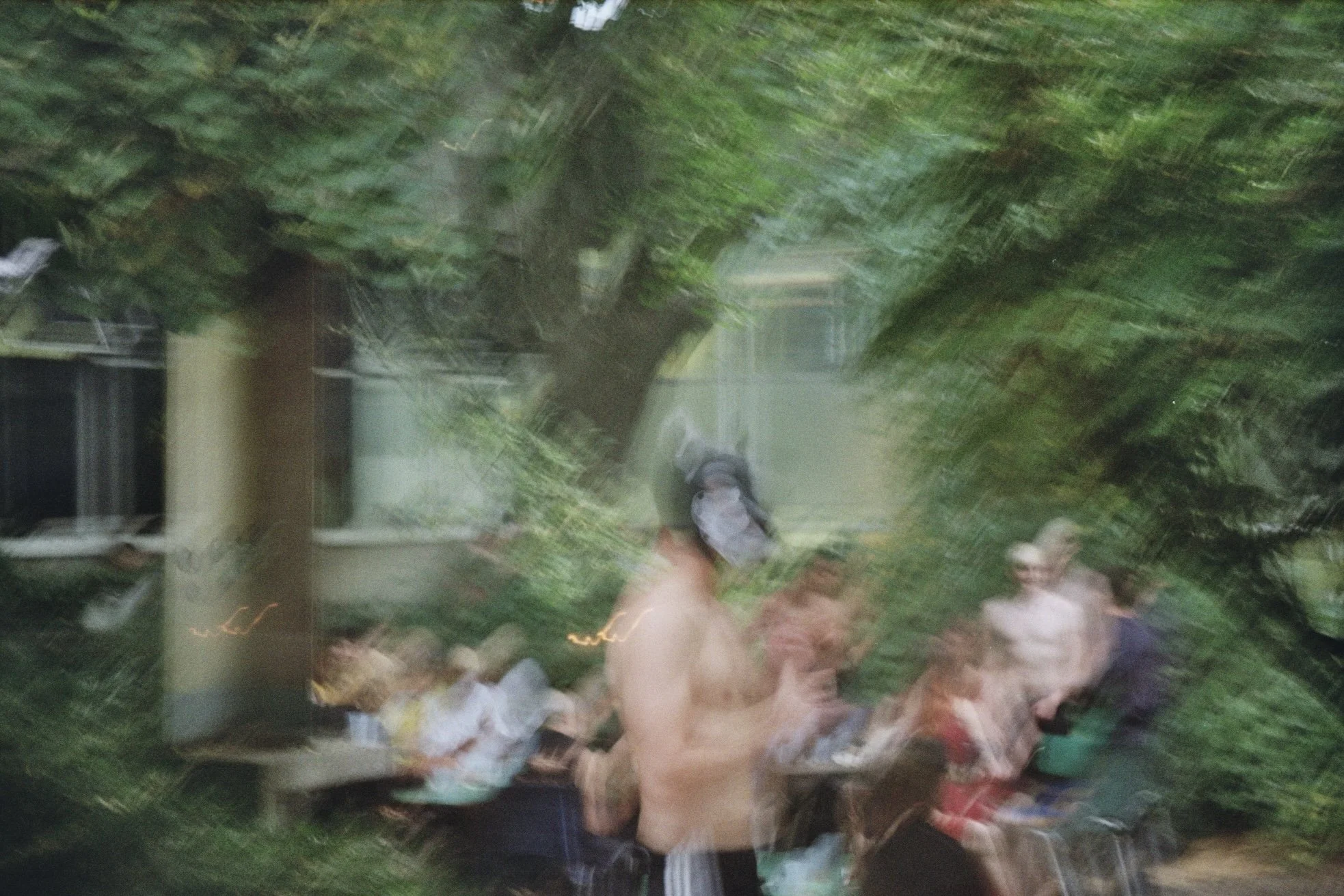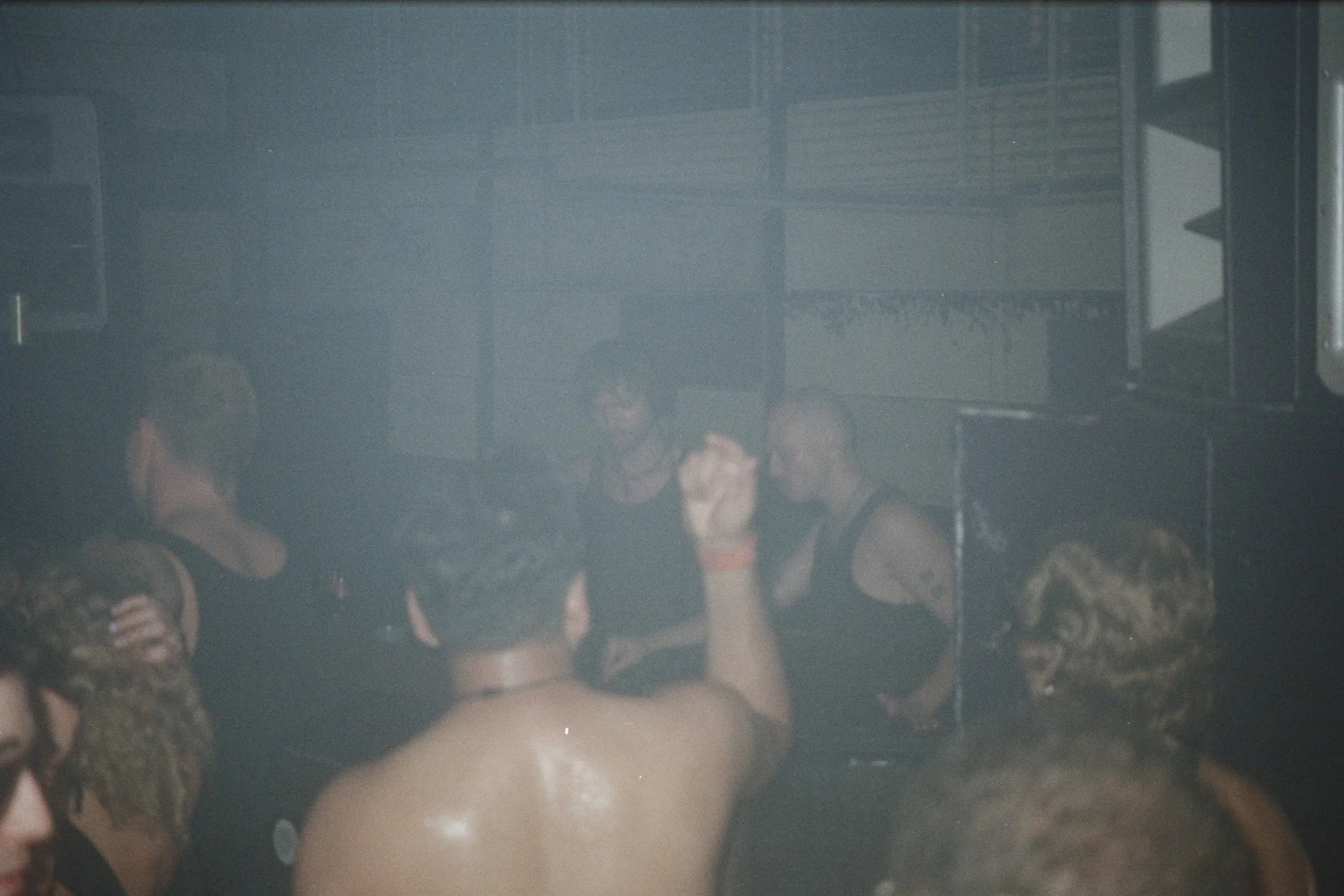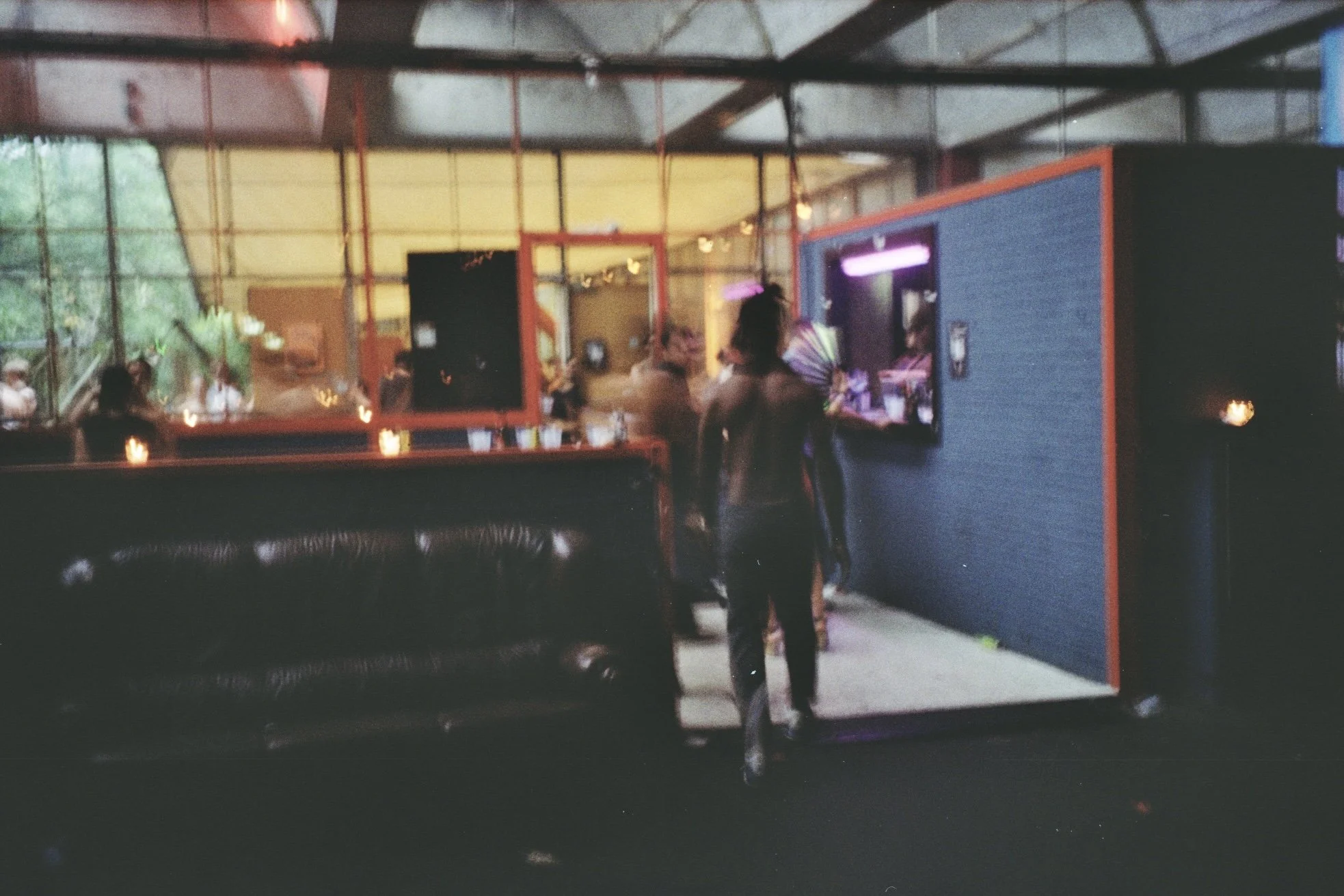ORPHIC’S MISSION: ART, SAFETY, AND REPRESENTATION
words NATALIE GAL
On Saturday, July 5th, ORPHIC and 01366 created a night to remember, one we were lucky to attend. Jamaican food, drinks, and a killer line-up welcomed us with JAIPA, Joey Stella, Julia Maria, Larry Ferrari, NAAZ, SAMA, Thoms Traxx, Twelve Seven, and Varuna Agosti. But first, let’s rewind.
What is ORPHIC? They’re an organization dedicated to throwing techno events and building community: finding beauty, and their mission, in diversity. Another big focus for them is showcasing local Dutch talent. In this field it’s hard to break in — the creative industry, music, and the arts are all spaces where getting your foot in the door is tough, and keeping it there is even tougher. It’s comforting to know there are organisations that actually believe in you and have your back.
ORPHIC books only local artists, with a special focus on underrepresented communities. They also put long-term collaboration over one-off bookings, so working with them isn’t just a fleeting chance, it’s a real door to step through. You’re encouraged to experiment, skip the safe route (there’s enough of that already), and create something bold and individual. They also host community lunches and seasonal gatherings, such as Queer Christmas parties and more.
Art Director Victoria Mazzone brings the arts into ORPHIC through their fixed arts programme, which taps into the interdisciplinary nature of club culture — mixing performance, installation, video, movement, and more into a creative melting pot. The first full-year programme, Queer Rebellions, focused on queer representation, resistance, and activism within performance art, sound installations, video/visual experimentation, photography, and film.
Moreover, safety (both physical and mental) is a big deal for ORPHIC. That includes things like ear protection initiatives to promote safer listening habits and awareness around hearing health. Veerle Klok works as ORPHIC’s community manager — a relatively new but hugely important role. She’s in charge of social safety, volunteer management, accessibility, diversity, and harm reduction.
I first came across the term “harm reduction” a couple of months ago while working on an article about drug use — and honestly, it’s something we should be talking about way more. Let’s face it: people are going to use drugs. Pretending otherwise doesn’t make it go away. The real goal is to create an environment where the risks are as low as possible and help is easy to ask for.
Veerle explains:
“One thing that I did when I started at ORPHIC, is preventative harm reduction. What that means is not waiting for people to take too much and then help, but to earlier on set kind but firm boundaries and help them use drugs in a responsible way. I do not believe in an “nobody takes drugs here and drugs are not allowed” kind of approach, because it strengthens drug use taboos, and it has as a consequence that people do not dare to seek help if they need to. I would much rather someone tell me “hey I took a bit too much can you help”, than them managing it by themselves in the toilet. Because of this, ORPHIC has really seen an improvement in terms of drug related incidents. We hope to keep those as low as possible.”
Since ORPHIC is non-profit, they’re always looking for volunteers. And with events running all year round, we can only recommend you check them out.
CREDITS
photography İPEK


